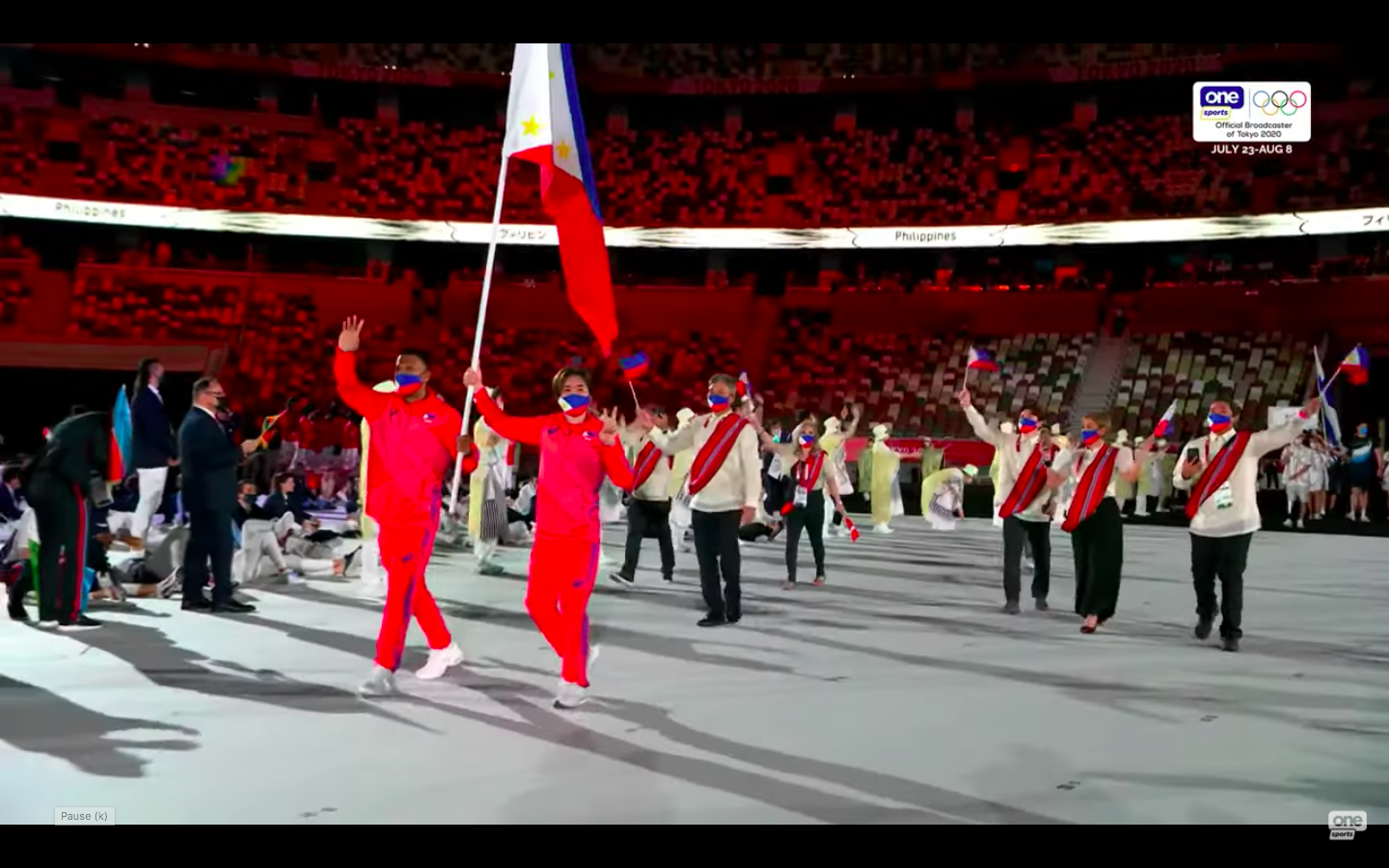Over 11,000 athletes will see action in 339 events in this 16-day Olympiad delayed by almost a year because of COVID-19. The Philippines, described by one talking head of holding the “dubious record of the most Olympic medals without a gold,” hopes to change all that before the games end on August 8.
By Alex Y. Vergara
It was a supposedly pared-down ceremony, according to its organizers, but it still managed to produce its share of drama, goosebumps, ancient as well as modern symbolisms and high-tech wizardry from one of the world’s richest and most admired nations. The Tokyo 2020 games have begun!
After being pushed back for nearly a year because of the COVID-19 pandemic, the problem-plagued Tokyo 2020 Olympics finally opened yesterday at the nearly empty Tokyo Olympics Stadium in the Japanese capital.
Amid fireworks, lit drones and smartly dressed athletes, the nearly four-hour spectacle culminated with Japanese Naomi Osaka, ranked world number one in women’s tennis, carrying the Olympic torch atop a symbolic Mt. Fuji and lighting the cauldron symbolizing the official opening of the Olympics. It will continue to stay lit until the event’s culmination on August 8.

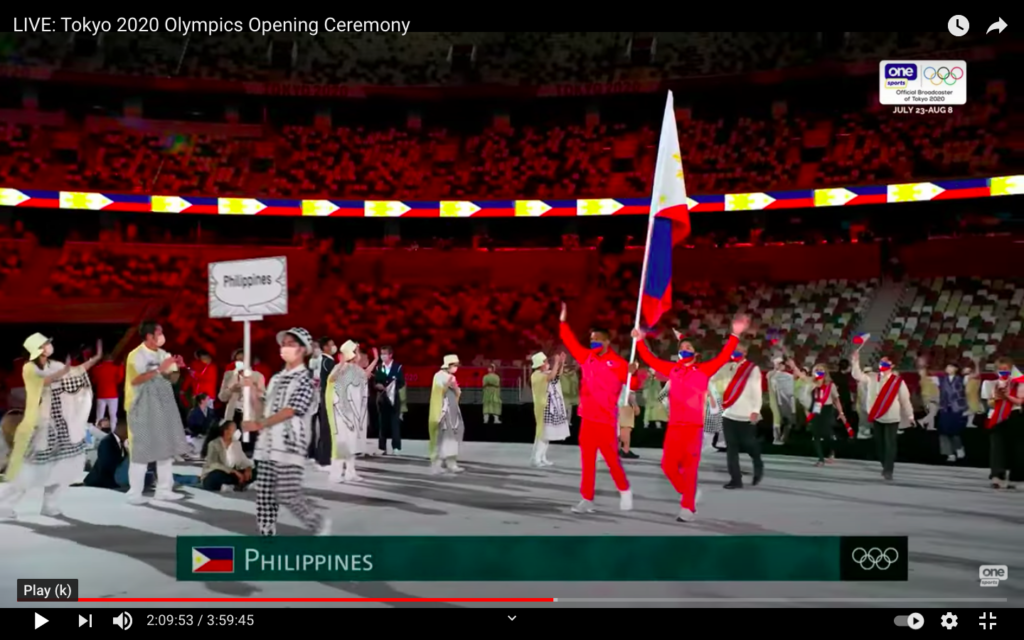
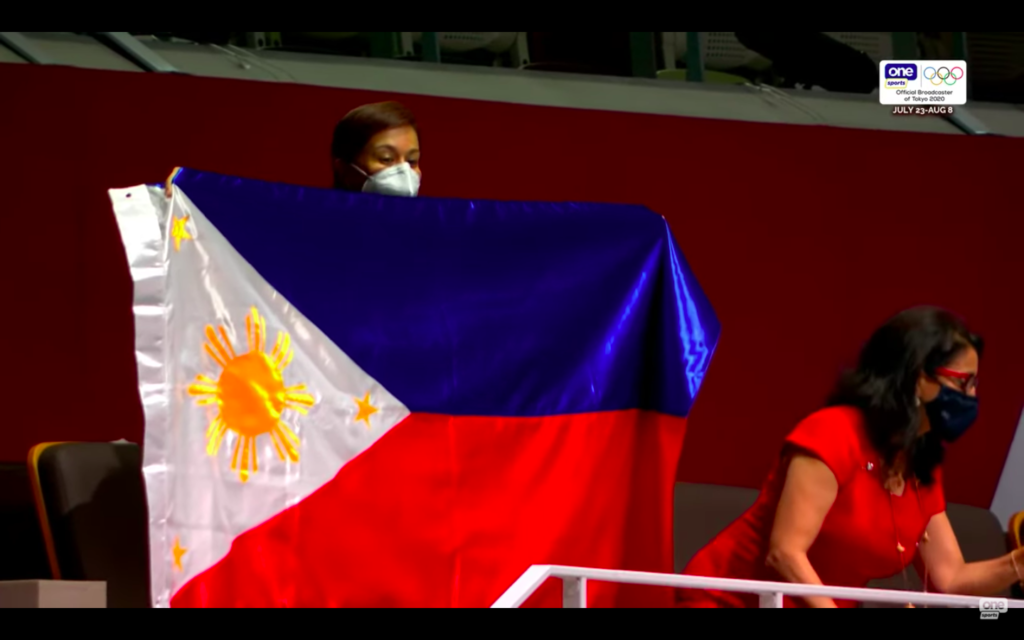
After a series of choreographed dances, including the opening number, which paid tribute to the sacrifices an athlete has to go through—down to the molecular level symbolized by a network of elastic blood vessels— to excel in his or her game, the show also devoted a few minutes of silence to the victims of COVID-19, which continues to infect and claim the lives of people the world over, including citizens of the host country.
Nearly empty stadium
With a final price tag amounting to $1.4 billion, the main Olympics venue, one of several venues to be used during the games, can accommodate up to 49,000 fans. But to prevent the opening from becoming a super-spreader event, organizers deemed it wise to allow only 950 people, led by Japanese Emperor Naruhito, French President Emmanuel Macron and US First Lady Jill Biden, to be physically present inside the stadium.
The rest of the nation either watched the festivities at home on TV or protested outside the venue’s opening. Despite a supposed moment of pride in Japan, only 20 percent of Japanese citizens are said to welcome holding the event.
Majority of Japanese view the games with dread for their potential to become a series of super-spreader events. With only 20 percent of its citizens fully vaccinated, Japan has one of the lowest rates of vaccination in the developed world. Others see the games’ celebratory nature as improper, given that the entire world is still in the throes of the pandemic.
Japan last hosted the Olympics in 1964, nearly 20 years after it lost the war. This time around, Japanese Olympic organizers hoped that the event would mark the country’s rise from the deadly earthquake and Fukushima nuclear plant meltdown in 2011. It wasn’t meant to be, as the games’ emphasis started shifting early last year as the pandemic quickly gripped the entire world.
In the last two weeks alone, nearly 60 people connected to the Olympics have already tested positive. A day or two before the opening, nine athletes from various countries, including powerhouse US, saw their hopes of bringing home medals dashed after testing positive. Under the strictest measures, including daily testings, athletes living in the Olympic Village are advised to refrain from mingling with each other, a hallmark of past games, and with fans and various outsiders to lessen the chances of getting infected.
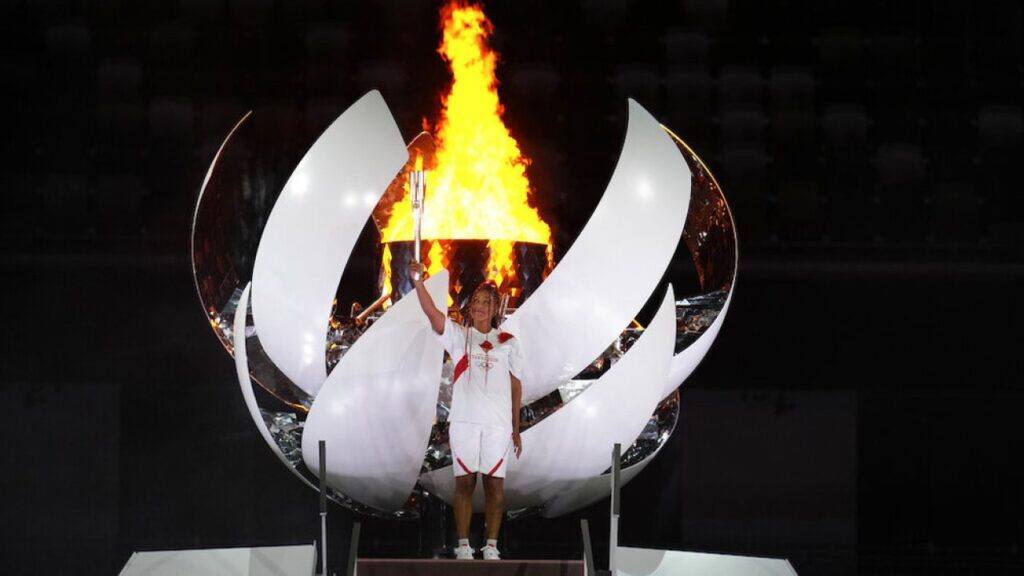
From environment to technology
Japan’s respect for the environment was also evident in one of the show’s choreographed numbers featuring dancers holding and passing around a series of wooden blocks, which they later rearranged to form the host country’s symbol for the games. People tuned in the world over would learn a bit later that those wooden blocks were actually made from some of the trees, which were planted in Japan during the games’ 1964 edition.
Long known for its reputation to innovate and make technological advances, especially in the field of consumer electronics and automotive, Japan has also managed to reaffirm to the world these qualities in a presentation that juxtaposed dramatic and at times funny video images with actual objects like lit drones that blazed across Tokyo’s evening skies.
With a wink of an eye, the lights from the drones rearranged themselves like fireflies, again to eventually form the Tokyo Olympics symbol, before quickly morphing into a giant globe. Before this, a segment also paid homage to Japanese tradition, particularly its iconic kabuki plays through an actor dressed in a stylized samurai costume with exaggerated proportions.
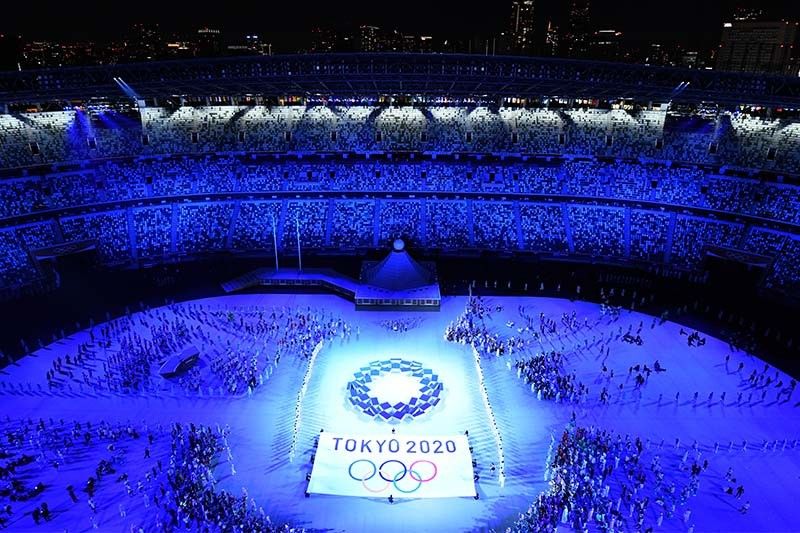
16 days, 11,000 athletes, 339 events
More than 11,000 athletes from 205 countries are competing in 339 sporting events covering 33 sports and 50 disciplines. Among the biggest athletic contingents are those coming from the US (600), China (413) and, perhaps due to home-court advantage, Japan (513).
Again, in keeping with health and safety protocols, only a fraction of each country’s contingent was invited to join the parade of nations inside the stadium. Apart from wearing their uniforms of choice (Team Italy reportedly wore outfits designed by Italian designer Giorgio Armani), all the the athletes were also required to wear face masks.
Wearing mostly barongs designed by Rajo Laurel and face masks inspired by the Philippine flag, a fraction of the 19-person Philippine contingent was led by a duo of flag bearers in the persons of boxer Eumir Marcela and judoka Kiyomi Watanabe. Unlike the rest of their teammates, Eumir and Kiyomi wore red tracksuits.

In their attempts to fill dead air, one of the male commentators from OneNews, which live streamed the event, said, comparing the Philippines to no country in particular, an apparent putdown to describe the Filipino team: “The Philippines holds the dubious record of the most Olympic medals without a gold.”
Philippine Olympic Committe president Abraham “Bambol” Tolentino, in an earlier press conference in Manila, hopes to change all that as he and fellow officials pinned the country’s hopes for a golden harvest on weightlifter and Rio Olympics silver medalist Hidilyn Diaz, world champion gymnast Carlos Yulo and pole vaulter EJ Obiena.

